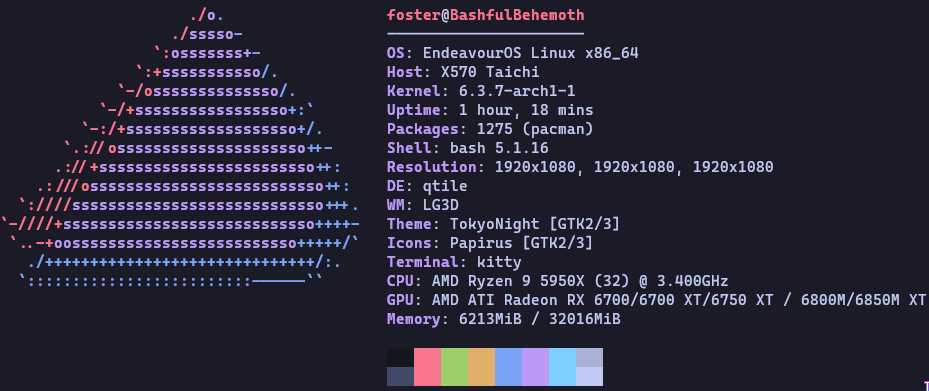- 1 Post
- 9 Comments
For my website, I went with my two favourites: Ubuntu for sans-serif and Cascadia Code for monospace. I think it’s a good combination. 🙂
Linux Mint is a great beginner distro.
I got my dad, who is very non-tech, to switch from Windows 10 to Linux Mint; he has been using it for over 2 years now. He went from using Edge, Microsoft Word, and Outlook to using Firefox, LibreOffice and Thunderbird.
I cancelled my Netflix and Spotify subscriptions long ago after content would get taken down for whatever reason. This reminded me that I’m only renting the content from these services; I don’t actually own them.
Fast forward to now, I selfhost a Jellyfin server and pirate all the content I want. Feels good to have total control and ownership over my music and movie collection.
There is no certainty in flesh except death.
I think a good first step is to use free and open-source, non-profit alternatives (Firefox, Lemmy, Mastodon, Matrix, etc). The next is to help grow these technologies by contributing to their development. You can contribute by fixing bugs, translating text, or just donating money.
It will take a while for most people but try to DeGoogle, DeMicrosoft, and DeApple your life. It’s quite liberating to not be tied to any of these company’s DRM, policies or rules.
I use Cinny. It’s a desktop app for Matrix.
Damn… Those monitors.
Well here is mine:


 3·1 year ago
3·1 year agoI made the switch from NGINX to Caddy. For me, configuring Caddy is much more simple than configuring NGINX. Also Caddy automatically obtains and renews SSL certificates.
So, Caddy’s simplicity is what won me over. I don’t care about speed since I’m the only user of my self-hosted services.


Based on my own experience as well as taking into account the suggestions of other people, here are the top three Linux distros for beginners:
These are basically just “install-and-go” distros; no need for advanced setup.